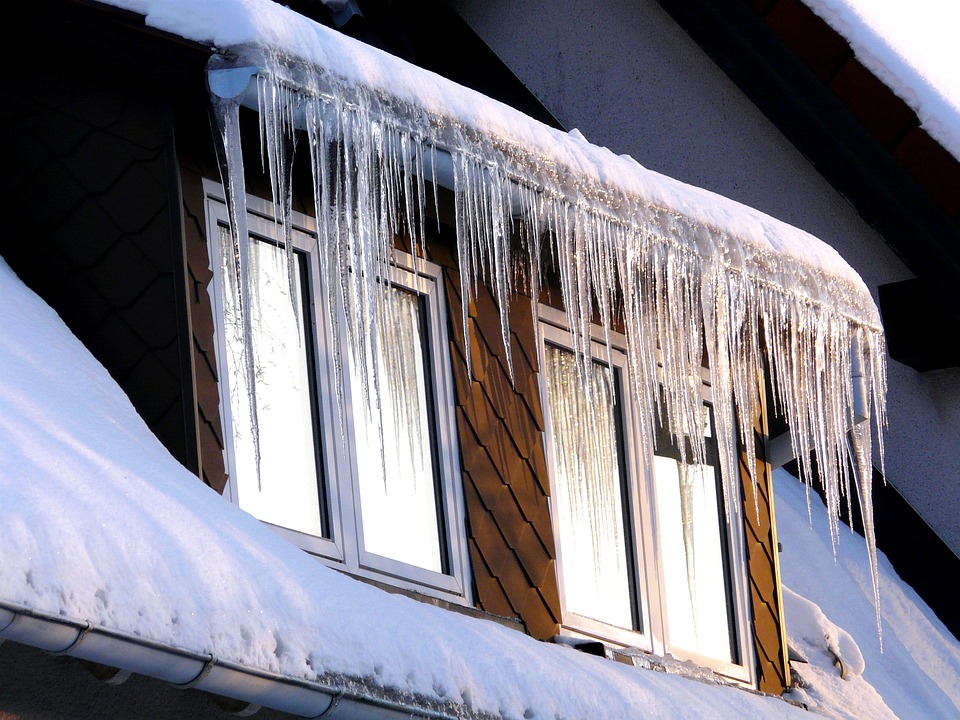DON’T LET ICE DAMS DAMAGE YOUR ROOF
Posted by admin in Roofing on Jan 9th, 2018 | Comments Off on DON’T LET ICE DAMS DAMAGE YOUR ROOF
What are ice dams?
Ice dams are dam-like buildups of ice normally found at the edge of the roofing system. The melt water from the snow forms a pool behind the dam. Most roofs are designed to shed water effectively but not to manage pools of water. The water behind the ice seeps under the shingles and gets it way through the roof to the living areas below. Although the ice dams are temporary in nature, they can cause more damage to your floor, paint, wall, wiring and furnishings.
What causes an ice dam?
In most cases, ice dams form when heavy snow falls and then succeeded by freezing temperatures. Some areas of your roof warm up enough to melt the snow but the melt water refreezes when it flows to other cooler zones of the roof. This results in a small dam and finally melt water accumulates behind the dam. The water will seep into the shingles and begin to leak into the living room.
Ice damming is mainly caused by uneven roof temperatures, weather, roof underlayment that water can penetrate and household heat escaping to the attic.
How to prevent ice dams
- Attic ventilation
Attic ventilation is the easiest way to prevent ice damming though it is mostly ignored. An attic could be insulated but it can be affected by the uneven sunlight. You need the intake and exhaust vents in your attic ventilation system and avoid covering them on the outside. Warm air rises and gets out through the exhaust vent allowing cool and fresh air to get in through the intake vent. This prevents the warming up of any part of the roof by the rising warm air.
- Attic insulation
Most warm spots on the roof occur because of the escaping heat from the heated parts of the house. Homes have attic insulation but in most cases, there isn’t sufficient amount or it is less effective.
If heating ducts that run through the attic to other parts of the home are insufficiently insulated, an ice dam can result from the leaking heat. You should also seal up some access doors to prevent leaks.
- Proper re-roofing
You need to install a waterproof shingle underlayment. This is a special self-sealing sheet placed on the roof before shingles get installed. This kind of membrane remains waterproof even when nails get hammered through it. This guarantees you safety when ice dams occur since it won’t allow water to get into your home.
